Behind the scenes at the Big Top
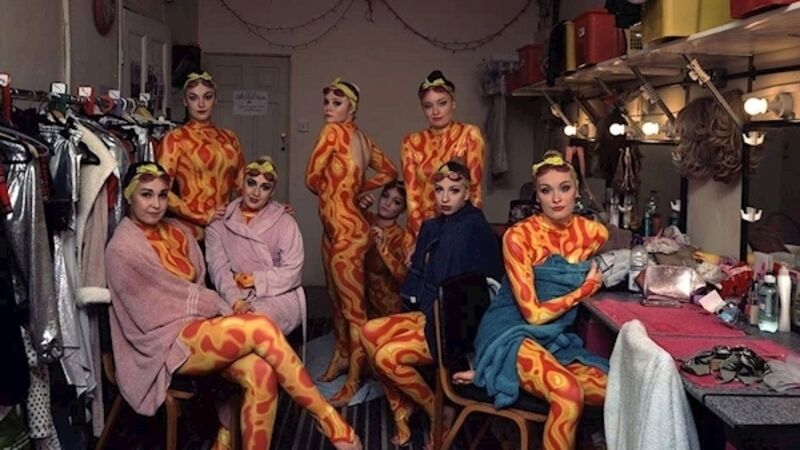
In advance of his exhibition in Cork, Peter Lavery tells about his 50 years photographing circus performers
It's 250 years since retired sergeant-major Philip Astley formed Ha’penny Hatch Riding School in London in 1768, founding the art form we now call circus and instituting the role of ringmaster to boot.
Yorkshire-born photographer Peter Lavery has now photographed exactly one fifth of the living history of circus: his behind-the-scenes portraits of performers span 50 years of circus life.
Lavery was first drawn to circus as a subject at just 19, while studying photography in the Royal College of Art in London. He attended a circus performance on a visit home to Yorkshire, in Queen’s Hall in Leeds, and was instantly hooked on his new subject matter.
“It just grabbed me, somehow,” he says. “I really liked the incongruity of it, the way you had people dressing in these wonderful costumes and living in wet, muddy fields. And some of them were risking their lives every night. It was just so different from every other part of society.”
As a student, Lavery hitched across the UK and Ireland, blagging sleeping space in and even under the circus wagons as he documented jugglers, acrobats, clowns and sequinned beauties throughout the late sixties and early seventies, even as he built himself a successful career in commercial photography.
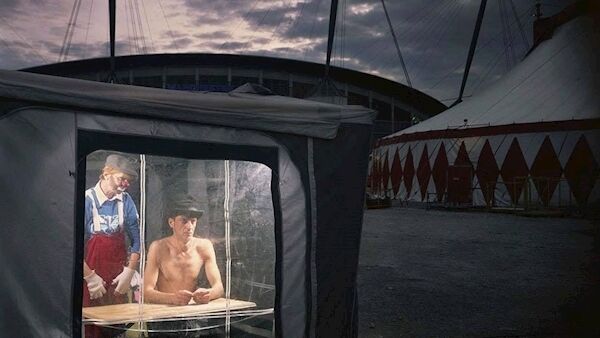
Many people run away with the circus, but for Lavery, circus was coming home: in between his commercial jobs in advertising, he always found himself returning to the colourful, hard-working characters he found there, documenting them not in the lights of the Big Top but behind the scenes, at their wagons, in fields or in dressing rooms.
“In between jobs, it was a really big relief to go back to that reality, if you can call the circus reality,” he says. “It grounded me tremendously.”
Working with a large-format plate camera and shooting in black and white, often only using natural light, Lavery shot the denizens of the circus from 1968 to 1997, producing his first book, Circus Work.
After a brief hiatus, he returned in 1998. In recent years, he’s worked in colour and used more lighting, although he still shoots on film, now working with a wooden camera that produces 8×10 inch negatives.
He often gets asked if it was difficult to win the trust of his subjects, but Lavery says it wasn’t, in part because he started out when he himself was an impoverished student and also because of the respect he pays his subjects.
I didn’t come across as a big, professional photographer. In those days, they didn’t get lots of photographers coming around, either. You do get a lot nowadays, and I don’t think they get the same level of access.
“Also, because I use a plate camera that’s set up on a tripod and that you stand next to, I can talk to my subjects. I do appreciate the people.
"I don’t like to steal a picture, or make the person look silly. I don’t want to glorify them either, but I do make sure that it’s them giving the best part of themselves and showing something about their feelings in their face.”
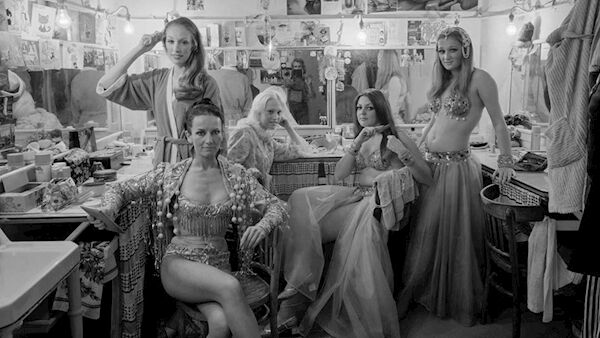
The first place circus’ founder, Philip Astley, ever toured outside London was to Dublin, and so Ireland’s connection to circus is nearly as old as England’s.
Lavery has travelled here frequently and his own personal favourite image is one he took of Caroline Gerbola, of the well-known Gerbola circus family, on her horse Conchita in Tralee in the 1980s.
Another of his favourite images in the exhibition is his portrait of circus founder Nell Gifford, a photo that pays homage to Dorothea Lange’s famous US depression-era photograph, Migrant Mother.

“Nell used to live just up the lane from me and I showed her the Dorothea Lange photograph and told her I wanted to photograph her like that.
“Nell started a circus that has done really well. She’s such an intrepid person and I think she’s quite amazing the way she’s done what she’s done.”
Gifford’s circus is a relative new-comer on the circus scene, just 12 years old. Active across England’s South West, it’s part of a new wave of circus with an upmarket, retro aesthetic incorporating a trend for burlesque and vintage styles.
Across the UK and Ireland, a circus revival now certainly seems to be afoot, Lavery says: “In the Nineties, it seemed as though circus was dying: all the big circuses started disappearing and then, about 15 years ago, it began to come back.
"Now more and more are popping up and bringing in all kinds of art forms.”
Often viewed with the same suspicion reserved for travelling folk of all kinds, circus performers are now winning a hard-earned respect. Internationally, the rise and rise of Cirque Du Soleil may have had an impact, and in Ireland, organisations like ISACS (Irish Street Arts, Circus and Spectacle Network) have emphasised the integration of contemporary and community circus with tradition.
Cork’s Pitch’d Circus Arts Festival, running currently, has Arts Council funding.
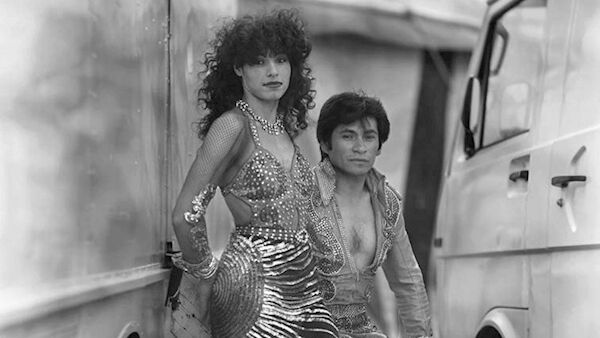
Since Astley’s time, circus has had equestrian connections, but another big change Lavery has lived through is the rise in awareness of animal cruelty which has put paid to public acceptance for many animal-based acts.
Gone are the cages of miserable, moulting wild animals, and Lavery says this is a welcome change.
Although, as ever with the world of illusion that is circus, things may not have always been what they seemed: see Lavery’s 1988 portrait of Moscow State Circus’ Ruslan Daurbekov, taking a breather in his dancing bear costume.
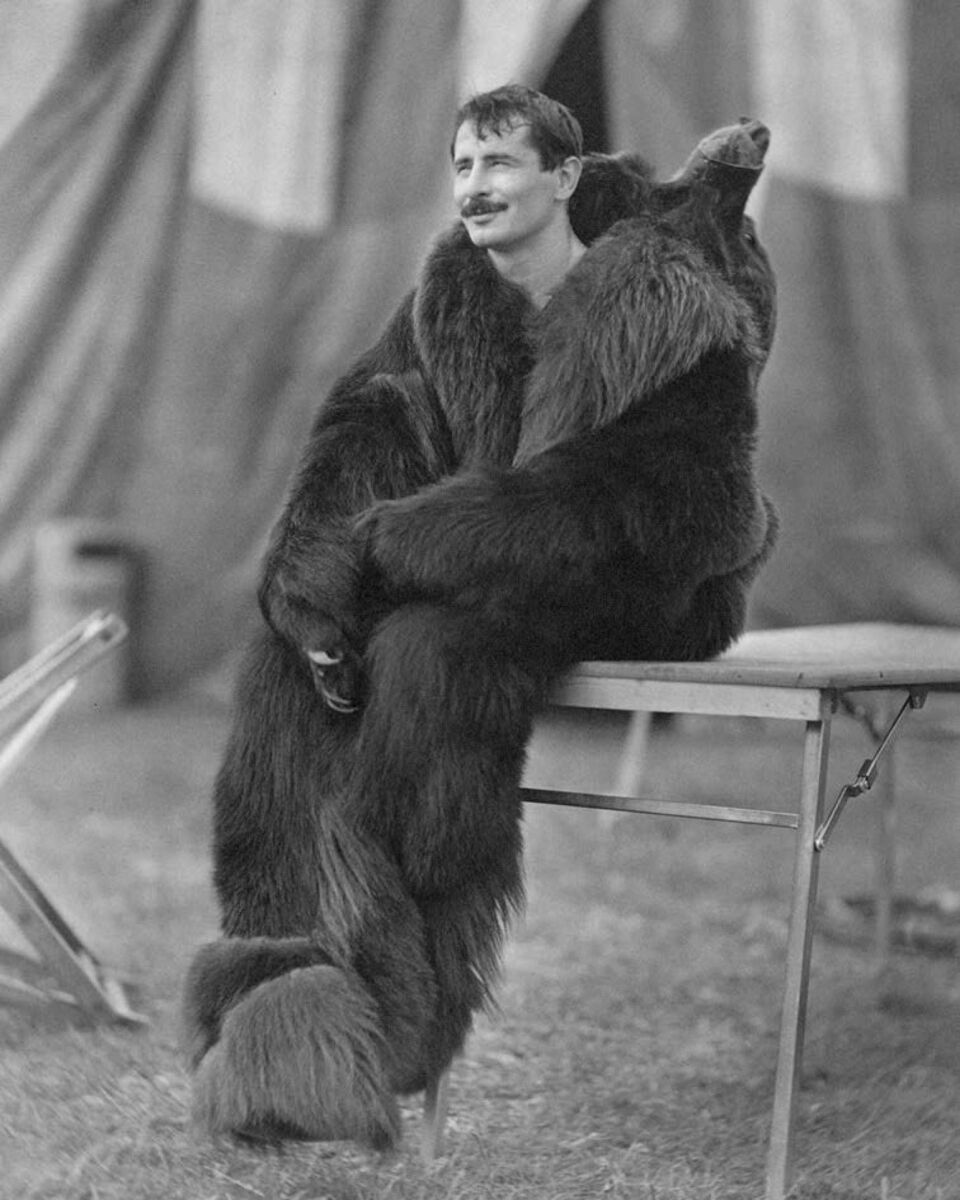
The tough world of circus performers has always been one of contrast, Lavery says: glittering sequins and muddy fields, illusion and reality.
But nowadays, it may be the draw of the real that’s the biggest appeal.
“Nowadays, everyone has an iPad, but kids still want to go and see something that’s real. Circus is sometimes dirty, and things can go wrong: it’s an illusion, but it’s always real.”










